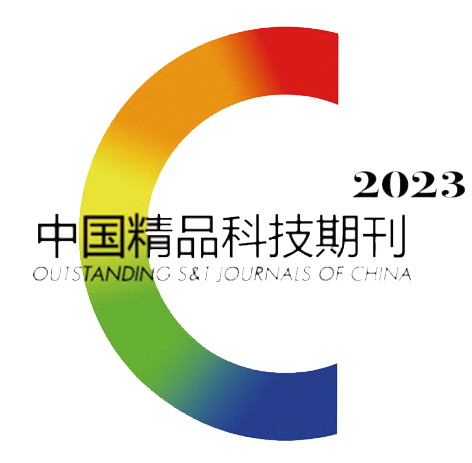Abstract:
To develop an appropriate method for evaluating the quality of chestnut resources. The 21 quality indicators of 25 chestnut varieties were detected and analyzed. The key indicators of affecting the quality of chestnut were selected through principal component analysis (PCA) coupled with correlation analysis and descriptive statistical analysis. The weights of these key indicators were calculated based on the entropy weight method to construct the gray correlation evaluation model. Our findings revealed notable differences (
P<0.05) in various quality indicators among the different chestnut varieties and observed significant correlations among several of these indicators. The key indicators identified by PCA included moisture, the ratio of amylose to amylopectin (AA), total flavonoids, good fruiting rate, fruit shape index, hardness, soluble sugar, and reducing sugar. The weights of these key indicators obtained by entropy weighting methods were 14.08%, 14.64%, 15.64%, 7.74%, 9.41%, 9.11%, 18.90%, and 10.48%, respectively. The gray correlation analysis indicated that the overall qualities of the varieties Danli No.1, Dandong 9113, and qX-005 ranked among the top three. The 25 chestnut varieties were categorized into four groups by cluster analysis. The first group was ideal for developing functional beverages, the second was suited for kernel processing into canned food, preserved fruit, or chestnut powder for baked goods. The third group served as a high-quality food ingredient and the fourth group was best for frying and as a direct-sale nut. This study provides valuable insights for selecting superior resources and breeding high-quality chestnut varieties, while also laying a theoretical foundation for the comprehensive utilization of each type of chestnut.




 下载:
下载: